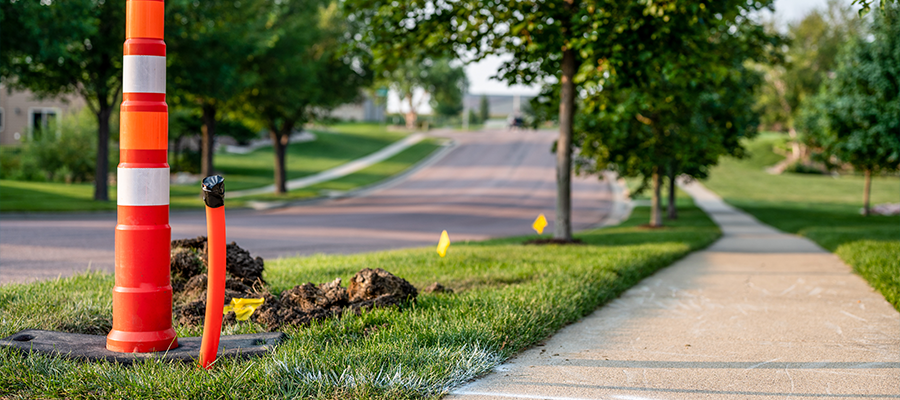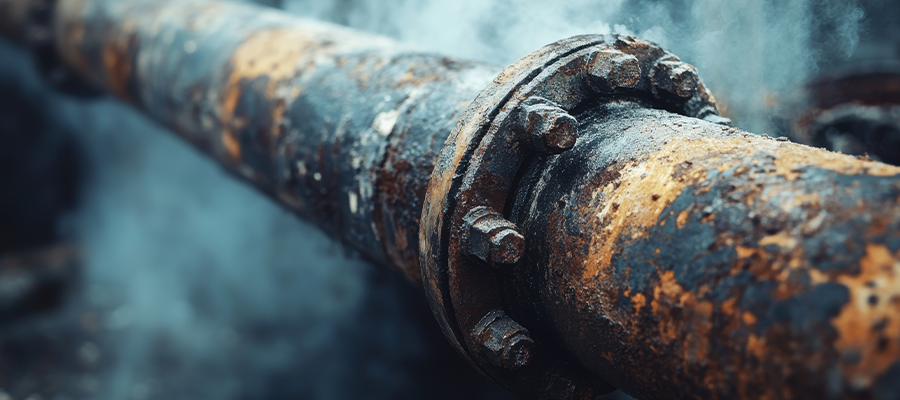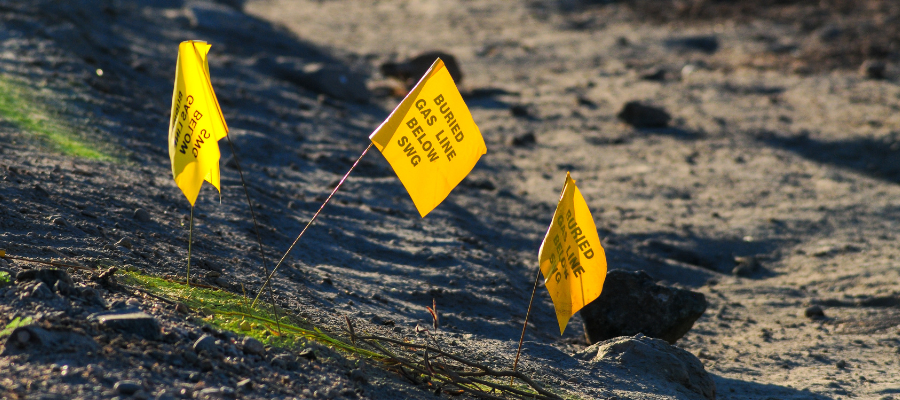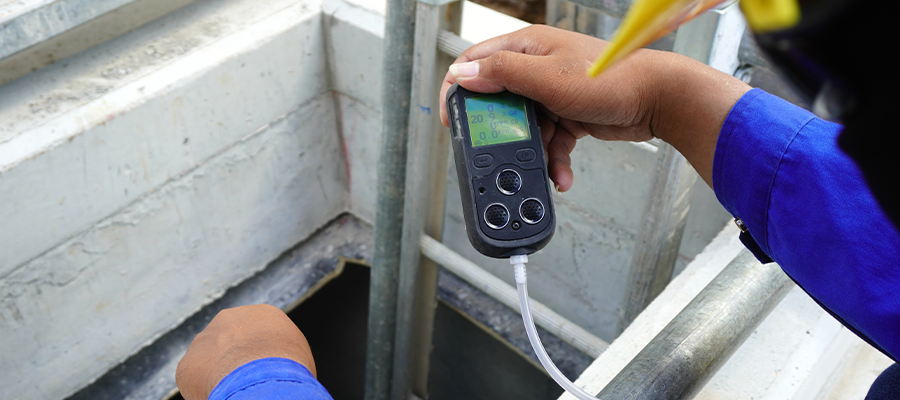Why Workplace Culture Outperforms Compliance in Risk Reduction

Why Workplace Culture Outperforms Compliance in Risk Reduction
By David Mack, Senior Business Development Manager, Bermex
When it comes to preventing utility damages, most organizations focus on technology, training, and regulations. But at the 2025 CGA Conference & Expo, a powerful theme emerged from multiple speakers, including Dr. Victoria Grady of George Mason University: culture, not compliance, is the foundation of lasting safety performance.
Dr. Grady’s session challenged attendees to confront what’s often invisible — the cognitive habits and psychological biases that shape how workers perceive and respond to risk. She introduced concepts like change blindness, confirmation bias, and the idea that safety must be treated as if “every day is the first day.” Sustainable damage prevention depends not just on rules and reminders, but on reshaping the mindset of the entire workforce.
This insight aligns with decades of safety research. The National Safety Council affirms that a strong safety culture is rooted in commitment at all levels, not just top-down directives, but daily behaviors that reflect shared values and trust. Meanwhile, the CGA DIRT Report continues to highlight that many excavation damages stem from behavioral breakdowns, not technical limitations. These range from failing to notify 811, to ignoring locate markings or cutting corners on potholing.
An effective example was Grady’s reference to the “Backwards Bicycle” experiment, a now-famous video showing how hard it is for people to unlearn a deeply ingrained habit, even something as simple as steering a bike in reverse. It demonstrated that true change is not procedural, it’s neurological.
Overcoming Invisible Barriers to Safety
The behavioral science presented in Grady’s session urges damage prevention professionals to look inward. Change blindness, our inability to notice gradual shifts in our environment, can result in missed hazards that build slowly. Confirmation bias can cause crews to ignore inconsistencies in the field if they believe everything is “as it should be.” These habits form silently over time, reinforced by repetition and routine.
This is why the idea of treating “every day as the first day” is so powerful. It resets expectations and breaks patterns. It asks crews to enter each site with fresh eyes, renewed curiosity, and a readiness to challenge assumptions.
Leadership Sets the Cultural Tone
One of the clearest takeaways from CGA’s cultural focus was that safety doesn’t improve in a vacuum. It requires visible leadership, not just in words, but in action. Supervisors and executives who pause for double-checks, welcome safety input, and share lessons learned build trust and set the standard.
This kind of leadership fosters psychological safety, where every team member feels empowered to speak up. It allows workers to raise concerns without fear, report near-misses, and contribute to an ongoing culture of vigilance.
Why Culture Outperforms Compliance
Regulations and policies create necessary guardrails. But in the fast-paced, dynamic world of fieldwork, you can’t write a rule for every situation. Culture, by contrast, is what guides action in the gray areas — the unpredictable, high-pressure, or ambiguous moments when instinct kicks in.
A strong safety culture builds that instinct. It cultivates habits of caution, care, and communication. It enables crews to hold each other accountable, to choose the slower, safer option, and to prioritize long-term prevention over short-term convenience.
How Bermex Builds a Culture of Safety
At Bermex, we see these principles reflected every day in our field operations. Safety isn’t confined to protocols; it’s embedded in how we think, how we plan, and how we interact.
- Our daily tailboards aren’t just procedural. They’re moments to reinforce mindset.
- We encourage peer coaching, so experience is continuously shared.
- We foster open feedback, where questions and concerns are welcomed.
- And we emphasize curiosity — about the environment, the markings, the context — because noticing something small can prevent something big.
We know that damage prevention is more than a service. It’s a responsibility. And that responsibility is shared across our crews, our leaders, and our partners.
Reinforcing the Message: OSHA on Safety Culture
The Occupational Safety and Health Administration (OSHA) emphasizes that true safety performance goes beyond compliance. Effective programs require strong leadership and active worker involvement to identify and address hazards before incidents occur.
OSHA also highlights the importance of building a culture rooted in accountability, education, and open communication, principles that apply across industries, from labs to utility fieldwork.
These guidelines align with Dr. Grady’s message: a sustainable safety culture depends on trust, learning, and empowering teams to speak up before things go wrong.
A Culture of Safety is the Most Scalable Solution
As the CGA’s “50-in-5” initiative challenges the industry to make measurable progress in damage prevention, one message from Dr. Grady’s presentation stands out: lasting safety performance is rooted in culture, not compliance. A strong safety culture equips teams to see risk, challenge routine assumptions, and make protective choices — even under pressure.
At Bermex, we believe a culture of safety is not just a philosophy. It’s a daily practice. It’s what empowers our crews to speak up, ask questions, double-check their surroundings, and prioritize people over shortcuts. Because in this work, culture isn’t an extra layer. It’s the foundation that makes all other safety efforts succeed.
Related Articles

By Mark Green, Business Development Manager, Bermex Environmental responsibility and resource conservation are more than good PR; they have become critical, bottom-line imperatives. Utility companies find themselves at the forefront of a sustainability battle that extends far beyond their traditional operational boundaries. At the heart of this challenge lies a deceptively simple yet profound issue:[...]
Read More
By Thomas Gooch, Director of Operations, Bermex Every few minutes across the United States, someone digging into the ground accidentally strikes an underground utility line. The consequences of these incidents extend far beyond the immediate damage to pipes, cables, or equipment. Utility strikes represent an extremely expensive and dangerous infrastructure challenge. The Financial Impact According[...]
Read More
By Alan Ely, Safety Manager, Bermex Confined spaces are some of the most hazardous environments for professionals, especially in the metering services industry. These spaces, often encountered as underground vaults or utility access points, require strict adherence to safety protocols to protect workers from a range of risks, including toxic atmospheres, physical hazards, and operational[...]
Read More
By Sam Hickey, Content Specialist, ACRT Services The 2025 CGA Conference & Expo brought together hundreds of stakeholders from across the country — utilities, contractors, 811 centers, technology providers, and field service organizations — to address one shared mission: reducing damages to underground infrastructure. With the CGA’s “50 in 5” challenge as a backdrop, this[...]
Read MoreCategories
Recent Posts
- Diffusing a Difficult Customer [Infographic] 10th Sep 2018
- Neighborhood Safety [Infographic] 24th Sep 2018
- Bermex Has Named Keith Pancake as New Safety Manager 02th Dec 2019